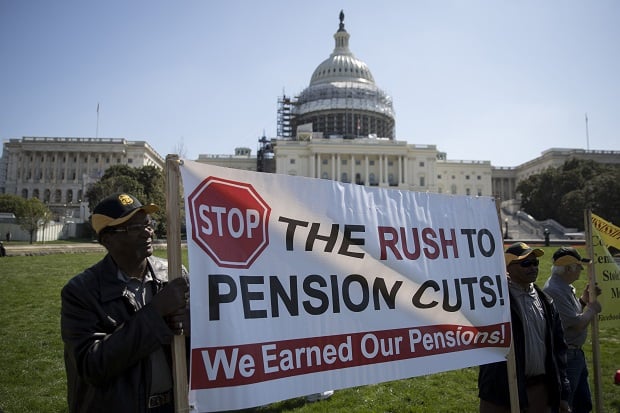
The idea that pension plan asset allocation should be tied to funded status is surprisingly young. It was not common practice before 2008. In April 2009, when we wrote a paper called "Liability-Responsive Asset Allocation," it was (as far as we are aware) the first time that this approach was formally described in any detail. Just five years later, it's taken as a given. Nobody is surprised when the financial statements of major corporations talk of "a broad global pension de-risking strategy" or note that a pension plan's "interest rate hedge is dynamically increased as funded status improves."1
Two developments together acted as the catalyst for this change in the industry. The first was that more and more pension plans began freezing new benefit accruals. For a frozen plan, investment returns become less important once full funding is achieved. If there's already enough money in the plan and no new benefits are being accrued, then there's not much to be done with any additional returns that might be earned. The obvious route of turning them over to the plan sponsor comes with a hefty tax bill attached.
Complete your profile to continue reading and get FREE access to Treasury & Risk, part of your ALM digital membership.
Your access to unlimited Treasury & Risk content isn’t changing.
Once you are an ALM digital member, you’ll receive:
- Critical Treasury & Risk information including in-depth analysis of treasury and finance best practices, case studies with corporate innovators, informative newsletters, educational webcasts and videos, and resources from industry leaders.
- Exclusive discounts on ALM and Treasury & Risk events.
- Access to other award-winning ALM websites including PropertyCasualty360.com and Law.com.
*May exclude premium content
Already have an account? Sign In
© 2024 ALM Global, LLC, All Rights Reserved. Request academic re-use from www.copyright.com. All other uses, submit a request to [email protected]. For more information visit Asset & Logo Licensing.







